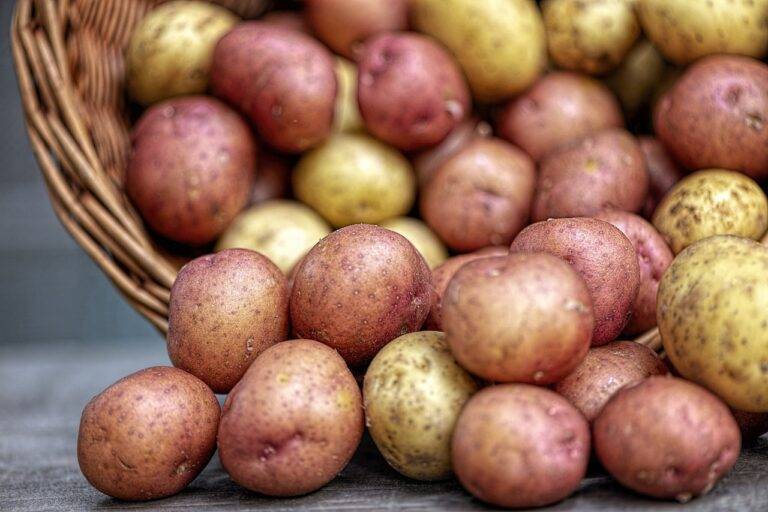Investigating the Impact of Cheese Consumption on Carbon Footprint
all pannel.com, cricket bet99, lotus365 vip login:Investigating the Impact of Cheese Consumption on Carbon Footprint
As concerns about climate change continue to grow, many individuals are looking for ways to reduce their carbon footprint and lessen their impact on the environment. One often-overlooked aspect of our daily lives that can have a significant impact on greenhouse gas emissions is our food choices. In particular, the production and consumption of certain foods, such as dairy products like cheese, can have a surprisingly large carbon footprint.
So, how exactly does cheese consumption contribute to carbon emissions? And what can we do to mitigate the environmental impact of our cheese consumption? In this article, we will delve into the environmental impact of cheese production and consumption, and explore potential solutions to reduce our carbon footprint.
The Environmental Impact of Cheese Production
Cheese production is a resource-intensive process that can have a significant impact on the environment. One of the primary ways in which cheese production contributes to greenhouse gas emissions is through the release of methane, a potent greenhouse gas, during the fermentation process. Cows, which are the primary source of milk for cheese production, produce methane as a byproduct of digestion, and this methane is released into the atmosphere during the production of cheese.
In addition to methane emissions, cheese production also requires a significant amount of water and energy. Water is used in each step of the cheese-making process, from milk production to cheese aging, and energy is required to pasteurize milk, heat the cheese vats, and power the refrigeration units used to store cheese. The production of cheese also requires the use of fossil fuels, which further contributes to greenhouse gas emissions.
The Impact of Cheese Consumption on the Environment
In addition to the environmental impact of cheese production, cheese consumption also has a significant carbon footprint. The transportation and storage of cheese products require energy and produce emissions, particularly if the cheese is imported from a different region or country. Furthermore, the packaging of cheese products, such as plastic wrap or foam trays, can contribute to plastic waste and environmental pollution.
Moreover, the demand for cheese and dairy products has led to the intensification of dairy farming practices, which can have a detrimental impact on the environment. Large-scale dairy farms often produce significant amounts of manure, which can lead to water contamination and greenhouse gas emissions. Additionally, the clearing of land for grazing and feed production can contribute to deforestation and habitat destruction.
Sustainable Solutions for Reducing Cheese-Related Carbon Emissions
While the environmental impact of cheese consumption may seem daunting, there are several steps that individuals can take to reduce their carbon footprint and make more sustainable food choices. One of the most effective ways to reduce the environmental impact of cheese consumption is to choose locally-produced, organic cheese whenever possible. By supporting local farmers and producers, consumers can reduce the carbon emissions associated with transportation and storage.
Furthermore, individuals can also consider reducing their overall cheese consumption and incorporating plant-based alternatives into their diet. Plant-based cheeses, made from ingredients such as nuts, seeds, and soy, have a lower environmental impact compared to dairy-based cheeses. By incorporating more plant-based foods into their diet, individuals can reduce their carbon footprint and support more sustainable food systems.
FAQs
Q: Is all cheese production equally harmful to the environment?
A: While all cheese production has some environmental impact, certain types of cheese, such as hard cheeses that require longer aging periods, tend to have a higher carbon footprint compared to soft cheeses.
Q: Are there any certifications or labels to look for when purchasing cheese?
A: Yes, consumers can look for certifications such as organic, grass-fed, or animal welfare-approved when purchasing cheese to ensure that the cheese was produced using more sustainable and ethical practices.
Q: How can I reduce my carbon footprint when consuming cheese?
A: To reduce your carbon footprint when consuming cheese, consider choosing locally-produced, organic cheese, reducing your overall cheese consumption, and incorporating plant-based alternatives into your diet.
In conclusion, cheese consumption can have a significant impact on carbon emissions and the environment. By making more sustainable food choices, such as choosing locally-produced, organic cheese and incorporating plant-based alternatives into your diet, individuals can reduce their carbon footprint and support more sustainable food systems. Let’s all do our part to lessen the environmental impact of our cheese consumption and work towards a more sustainable future.







